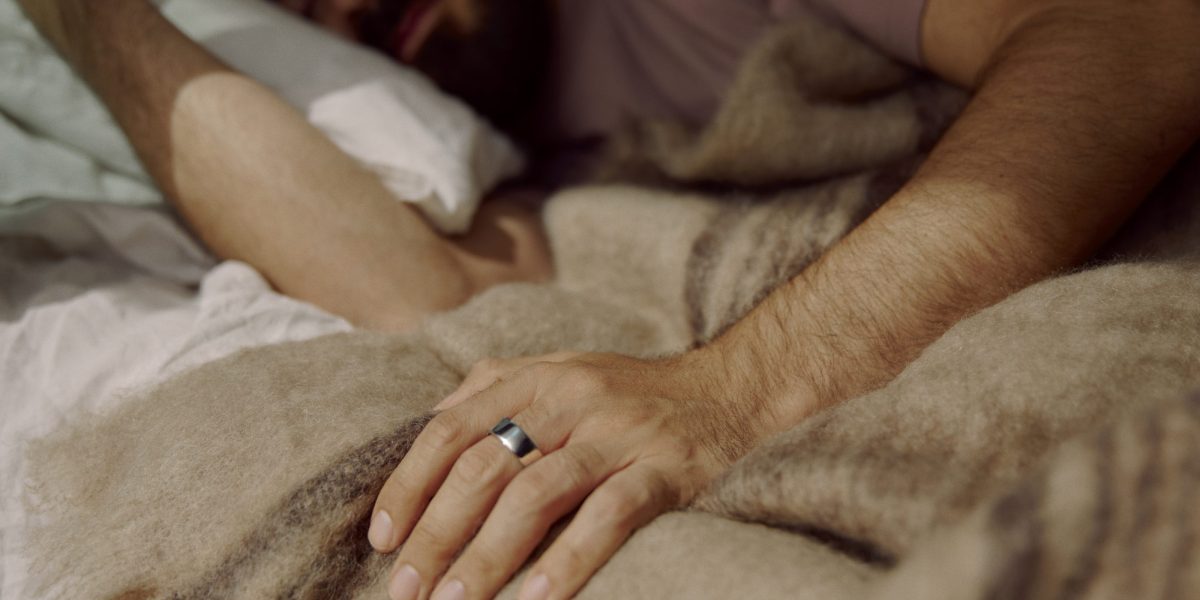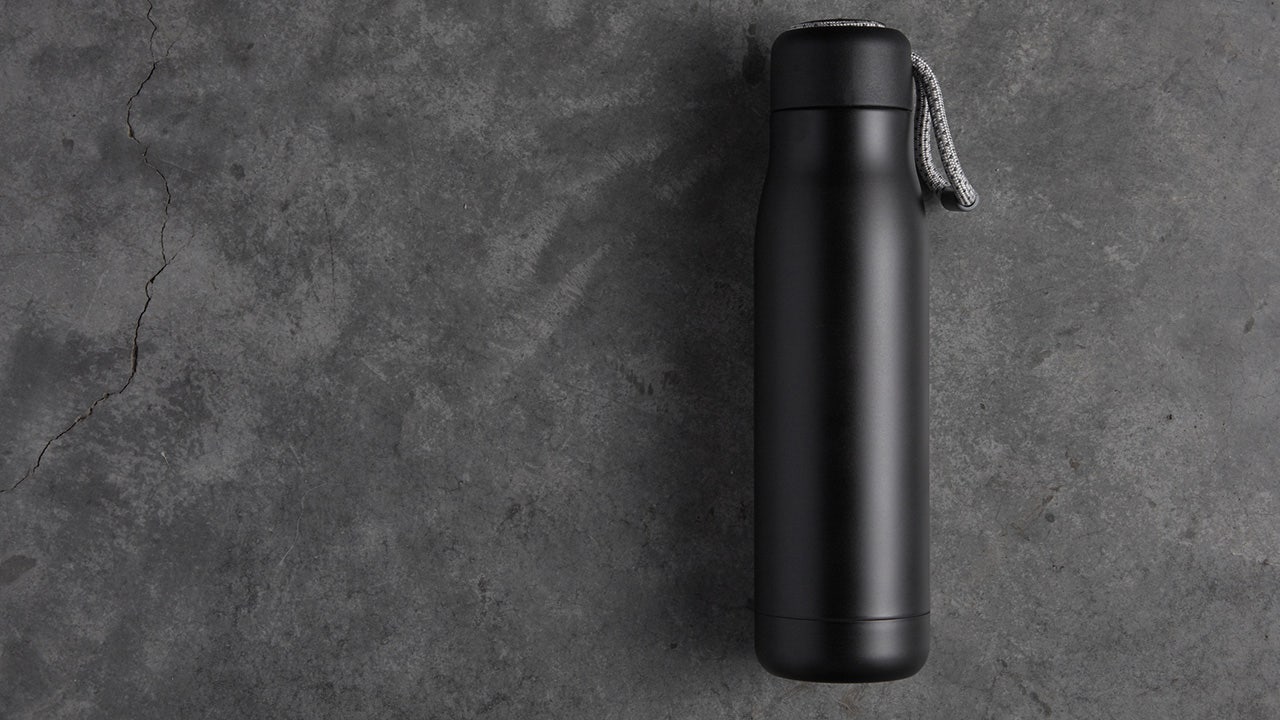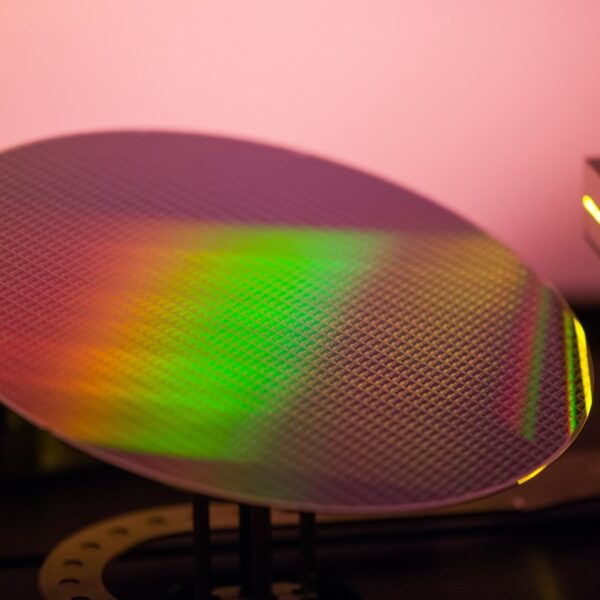Celebrities, CEOs, and health optimizers, including Mark Zuckerberg, Jennifer Aniston, Kim Kardashian, and Gwenyth Paltrow, have been seen sporting the Oura ring. The wearable has become a wellness staple (more than 2.5 million rings have been sold), as a growing number of people have started tracking their biomarkers, especially their sleep, to optimize their overall health.
Today, wearable fanatics are in luck because the Oura ring just got a significant upgrade to improve accuracy, battery life, and comfort.
ŌURA, founded in 2013 in Finland, announced Thursday the launch of Oura Ring 4. The $349 updated version utilizes sensing technology for more accurate health readings, according to the company. The new model has 18 sensory pathways compared to the current model’s eight, so it shouldn’t matter if the ring is out of alignment on the finger to get accurate readings, Jason Russell, ŌURA’s vice president of product, tells Fortune. The lack of protruding domes in the ring’s interior is the most evident design change, which should increase comfort, Russell adds.
The app’s platform has also been redesigned to streamline data in three core sections: Today, Vitals, and My Health.
How did the Oura ring change?
The device, worn on the pointer finger, tracks your quantity and quality of sleep, stress levels, and overall readiness for the day by measurements like heart rate variability and activity—and it’s been increasingly purchased by Gen Zers and millennial women as women’s health has become an integral part of the platform with cycle tracking and fertility window information.
“Years in the making, Smart Sensing is the future of health sensing, setting a new accuracy standard,” said Holly Shelton, chief product officer at ŌURA, in the press release. “We designed Oura Ring 4 to be life-proof—it’s easy to create technology that works under optimal conditions but that doesn’t reflect real life. With Smart Sensing, Oura Ring 4 accounts for the rotation that naturally occurs with daily activities, as well as differences in finger anatomy, shape, BMI, and skin tone.”


Courtesy of ŌURA
The ring will be more comfortable and thinner in design, and it will be available in more sizes, Russell adds, an important consideration as the ring becomes popular among a wider demographic of ages.
The launch capitalizes on a growing wellness trend that consumers are eager to track health markers and make lifestyle adjustments early to help prevent the development of chronic conditions that lead to poor health. The $61 billion wearable technology marketplace is predicted to grow by 14.6% by the end of the decade, a core reason the company expanded from sleep to overall well-being metrics.
In an external study using 60 participants, the new smart sensing technology enabled fewer gaps in daytime and nighttime heart rate measurements and improved accuracy for blood oxygen sensing by 120% and the breathing disturbance index by 15%, which all factor into overall readiness, sleep quality, and resilience.
Still, it will take a more substantial cohort of users to test the product’s sensing technology over time. And, while more data is may be good, it’s still about what users do with that data that will make the difference.
For more on wearables and health tech:















